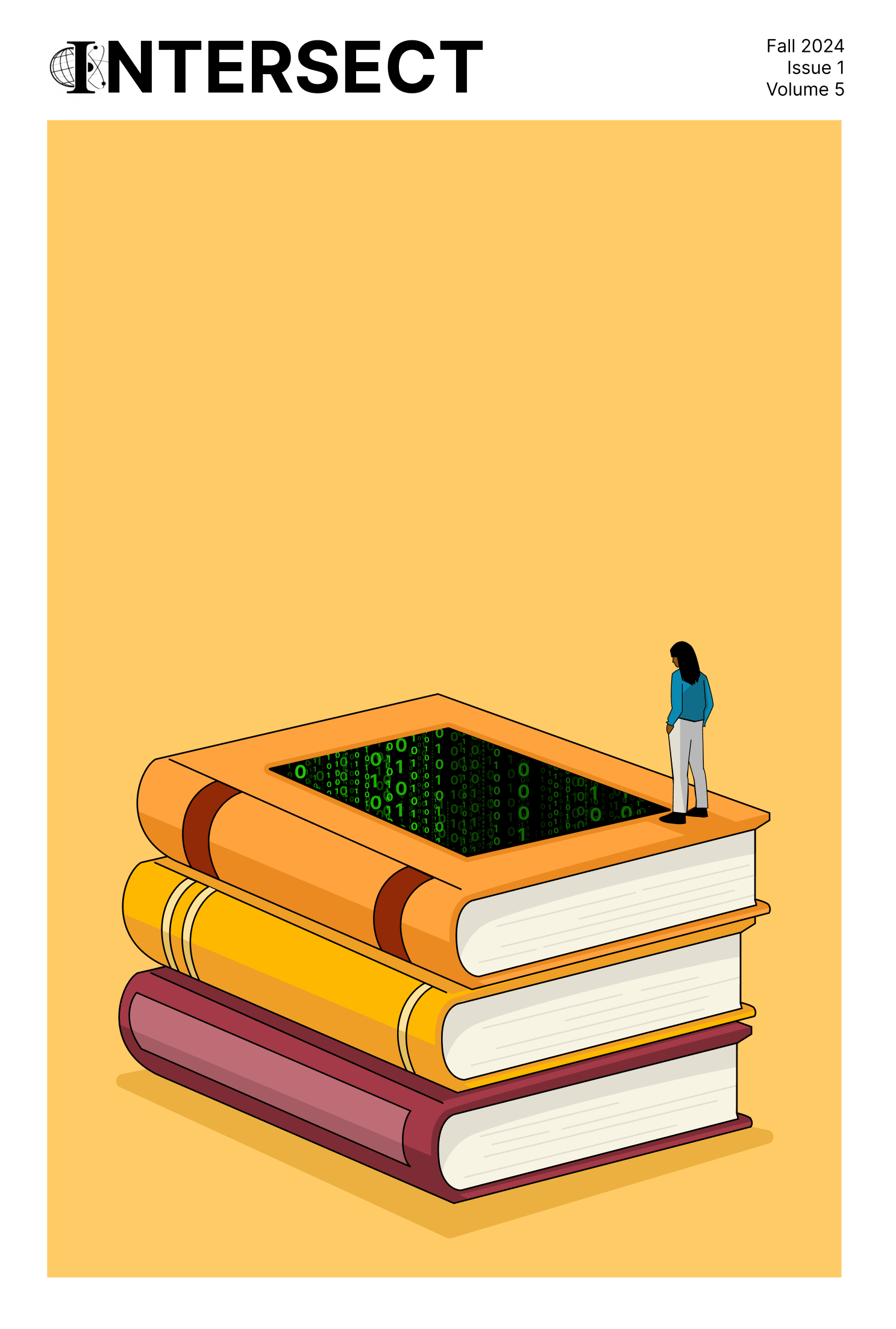Closing the Gender Education Gap: How Industrialization Improves the Position of Women in Rural China
Abstract
In much of rural China, traditional neo-Confucian gender ideologies limit women to domestic work with less household decision-making power and financial independence than their male counterparts. Industrialization in China has transformed work in these rural households; the consequential evolution of the gendered division of labor significantly impacts female education rates. This paper examines the historical and contemporary effect of industrialization on the ability of women in rural China to attain an education and, consequently, the overall gender education gap in China. This paper concludes that the gender education gap will continue to close as the industrial sector expands in China. It proposes policies to minimize institutional bias, challenge the gendered division of labor, and improve rural families' socioeconomic standings. As such, this paper contributes to a broader understanding of how technological development impacts gender equality in education.
Downloads
Published
Issue
Section
License
Copyright (c) 2025 Intersect: The Stanford Journal of Science, Technology, and Society

This work is licensed under a Creative Commons Attribution-NonCommercial-NoDerivatives 4.0 International License.
Authors who publish with this journal agree to the following terms:- Authors retain copyright and grant the journal right of first publication with the work simultaneously licensed under a Creative Commons Attribution License that allows others to share the work with an acknowledgement of the work's authorship and initial publication in this journal.
- Authors are able to enter into separate, additional contractual arrangements for the non-exclusive distribution of the journal's published version of the work (e.g., post it to an institutional repository or publish it in a book), with an acknowledgement of its initial publication in this journal.
- Authors are permitted and encouraged to post their work online (e.g., in institutional repositories or on their website) prior to and during the submission process, as it can lead to productive exchanges, as well as earlier and greater citation of published work (See The Effect of Open Access).

